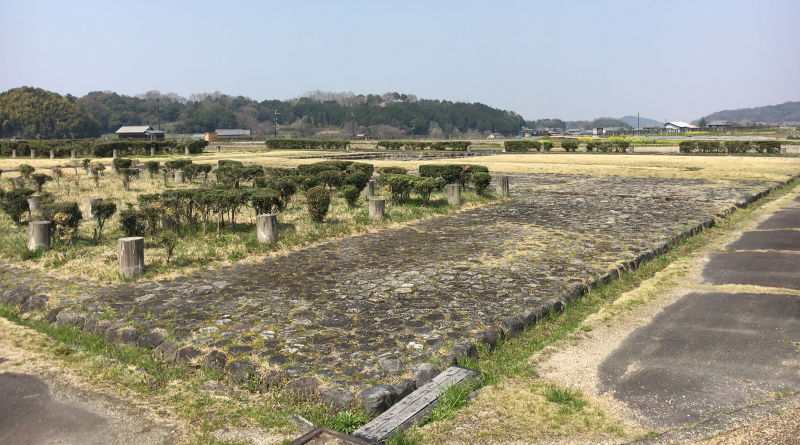
The Taika Reforms: Creating Japan’s Government
Creating Japan’s central government was no easy task. For years prior, political scheming and assassinations haunted Japan. The key to forming Japan’s government were the Taika Reforms.
Previously, we talked about the role Prince Shotoku played in Japan’s ancient politics, specifically his involvement with Soga no Umako during the era of the Empress Suiko. However, after Prince Shotoku, Umako and Empress Suiko died, things in Japan started to change as the Soga clan started gaining tremendous power and influence.
Shotoku’s Rise to Power
After Mononobe no Monoriya died, Emperor Sushun ascended the throne, though in reality, Soga no Umako practically controlled everything. Emperor Sushun grew to resent Umako’s control, and history implies that Sushun order an assassin to take out Umako. However, Umako caught wind of the assassin, and sent one of his subordinates to kill the emperor!
Umako’s assassin not only succeed, but Umako was never arrested. He even continued to work as usual thereafter. Because he never suffered and repercussion for his crimes, there is doubt as to whether Umako actually had Emperor Sushun assassinated.
After the emperor’s death, Sushun’s sister, Suiko [推古天皇], became Japan’s 1st reigning empress. Suiko made Shotoku her regent, allowing him to gain significant political control.
The Shadow Kings: Soga Emishi and Iruka
After the Empress Suiko died, Emperor Jomei succeeded her. But the person in power was not the emperor but Soga no Emishi, the son of Umako.
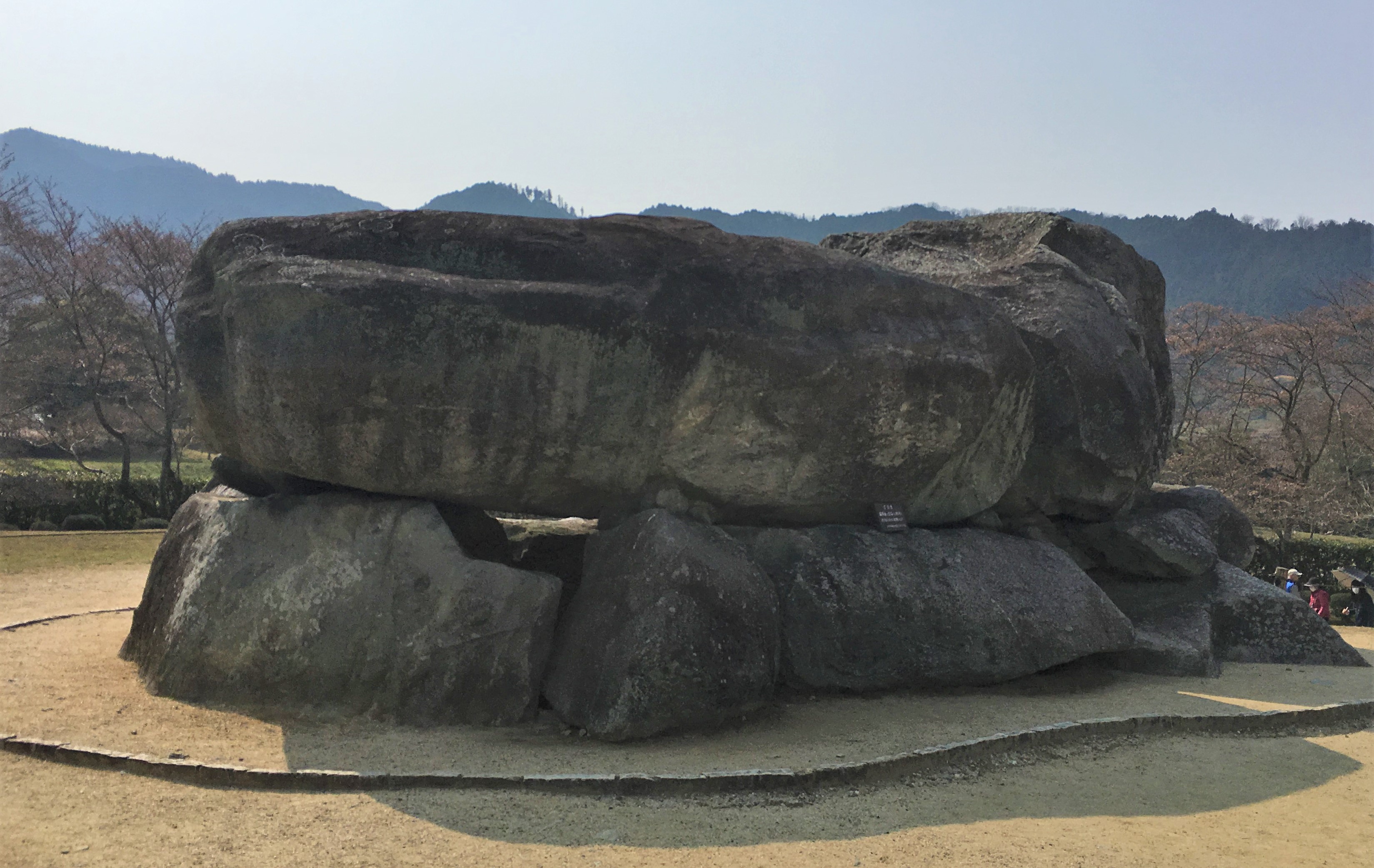
After Emperor Jomei, Empress Kogyoku succeeded him. During her short reign, Soga no Emishi began gaining a lot of influence over the people and assigned people important political roles. In addition, his grand mansion sat atop the highest hill in Asuka, pointedly overlooking the home of the empress.

However, Emishi’s son Iruka was even more power hungry. Iruka viewed Prince Yamashiro, the son of the prince Shotoku, as a political enemy so he sent troops to his residence, and killed him. Prince Naka no Oe [中大兄皇子] accused Iruka of the murder, but he was not arrested.
Events Leading to the Taika Reforms
After the assassination of Prince Yamashiro, Emishi and Iruka were labeled as politically dangerous.
Among those people who viewed the Soga clan as dangerous was Nakatomi no Kamatari [中臣 鎌足], later to become the first generation of the Fujiwara clan. During a game of cuju (a game of kick ball similar to soccer), Kamatari met Prince Naka no Oe. These two ended up developing a close friendship and together, plotted the assassination of Soga no Iruka.
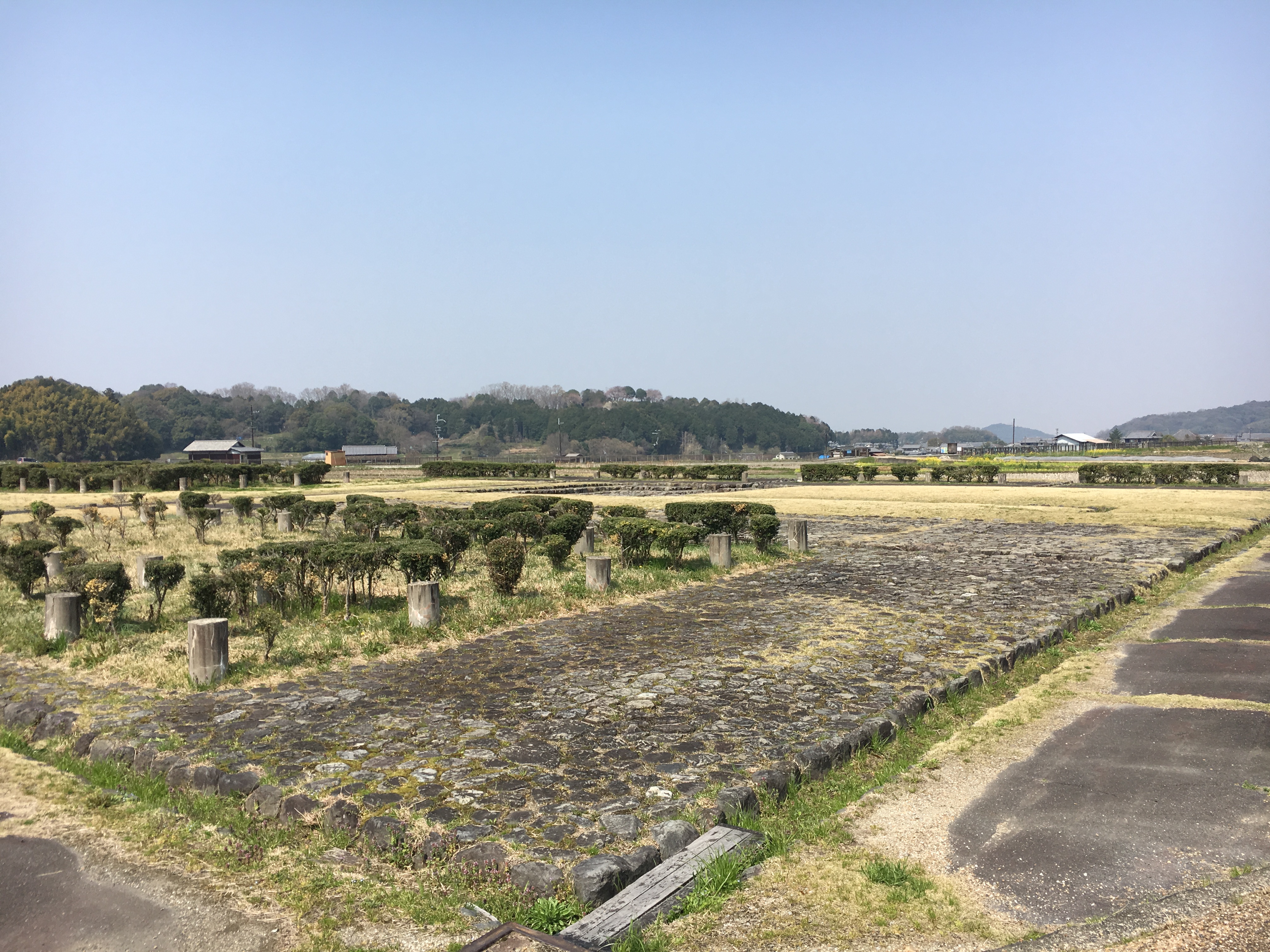
The Isshi Incident
One day, Naka no Oe sent an invitation to Iruka to attend a ceremony at the Imperial Palace. Little did Iruka know what lay in store for him. Initially, four armed men were to carry out the assassination. But Iruka’s fearsome reputation left these men too frightened to move. Realizing that something was amiss, Iruka started to leave the ceremony early. Prince Naka no Oe saw he would have to take matters in to his own hands and stabbed Iruka himself.
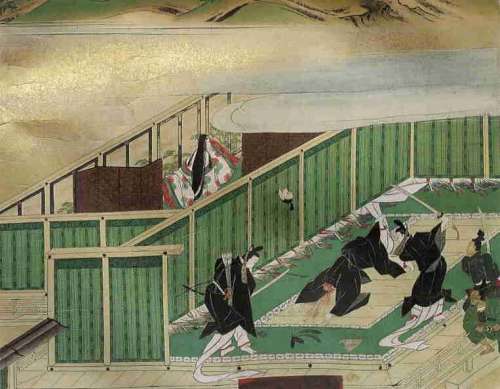
Upon hearing of Iruka’s brutal death, his father Emishi took his own life.
The Taika Reforms [大化の改新]
With the Soga clan gone, Empress Kogyoku abdicated to her brother, Emperor Kotoku. With the coronation of Kotoku, political power once again sat with the emperor—and he intended to keep it that way.

First, he moved the capital from Asuka to Naniwa, Osaka. Then, along with the new crown prince Naka no Oe and Kamatari, he issued a series of royal edicts later known as the Taika Reforms. Chinese ideology heavily influenced these reforms and solidified the emperor as the central source of government. The achievements of the edicts are as follows:
- All land in Japan belong to the emperor.
- The capital was established as the center of political power and local government branches called koori [評] were established in the each prefecture
- It established a census that helped delegate individual taxation.
- It assigned land to farmers, and also taxed them for that land.
These reforms drastically changed Japan’s government not only at the time, but for centuries after. In addition to implementing a Chinese model of government, the Taika Reforms also influenced Japan on a cultural level. Despite Japan’s emperor no longer rules Japan, traces of the Taika Reforms are present in Japan’s culture ideology.
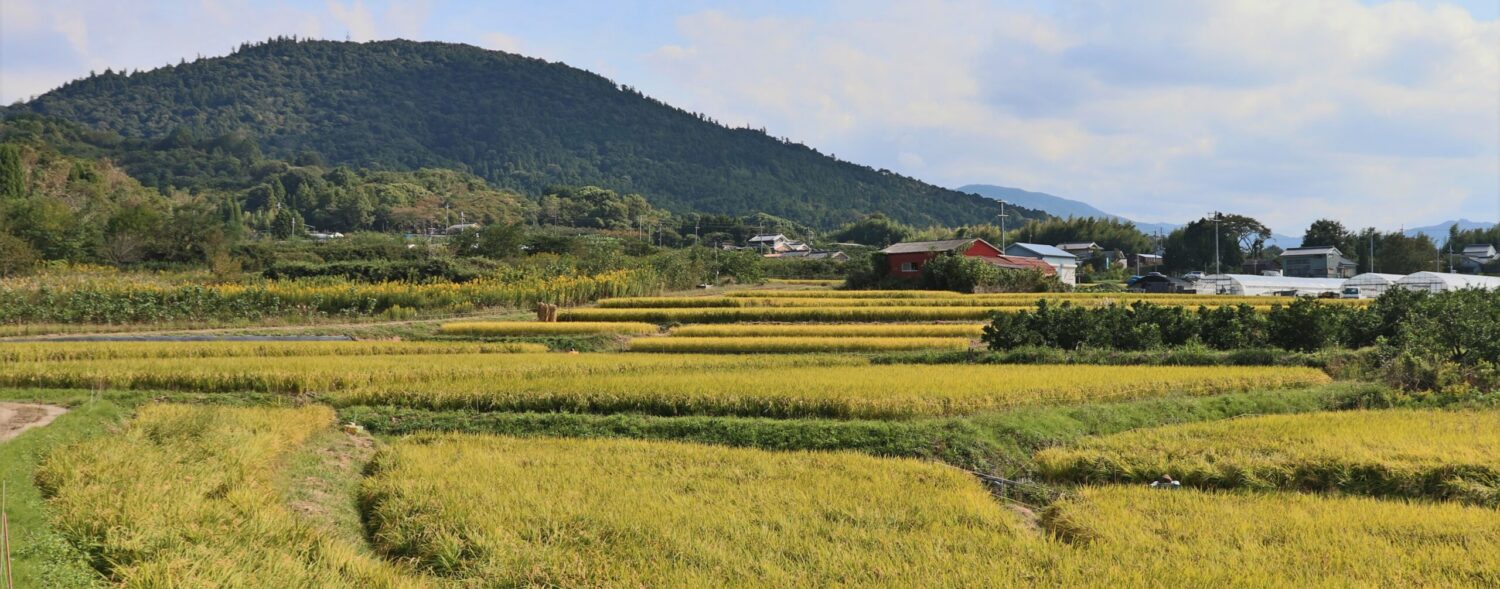
Leave a Reply